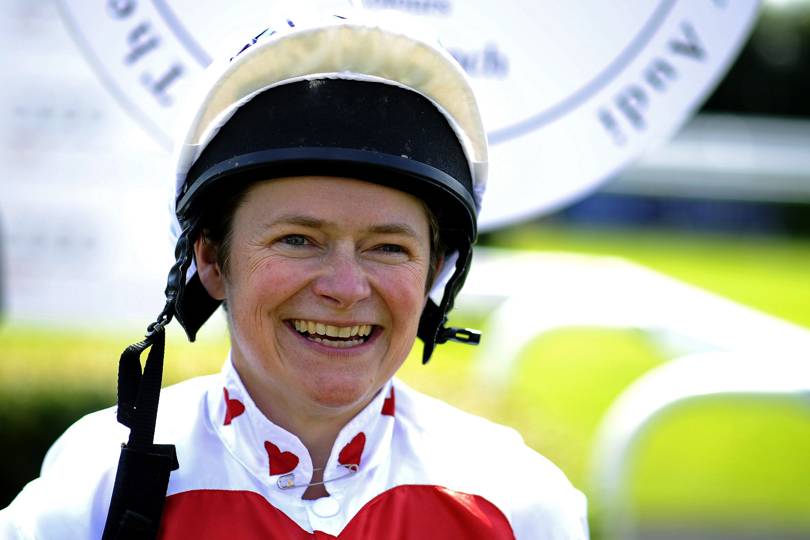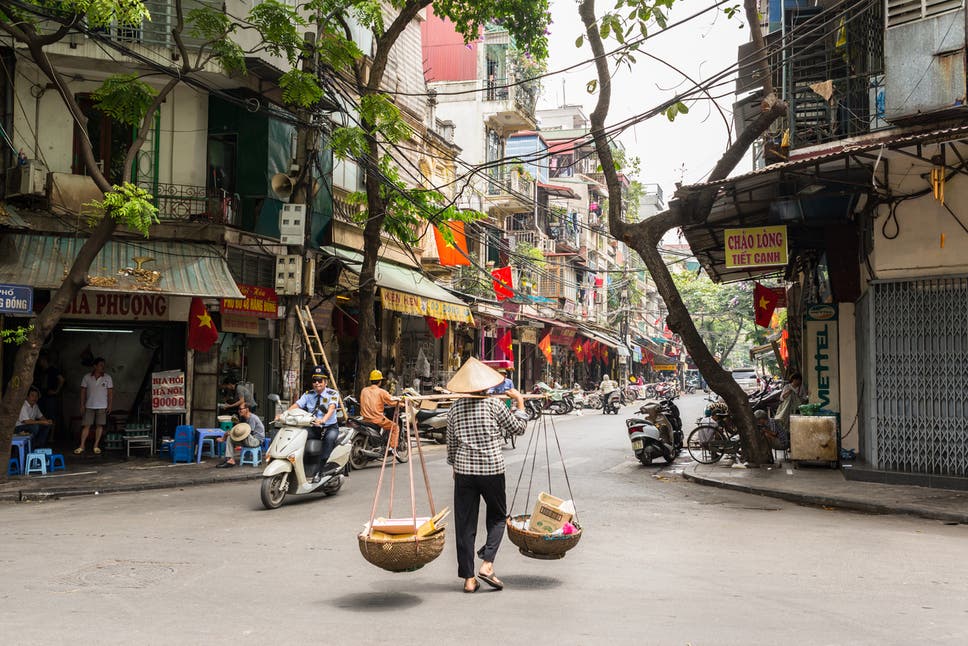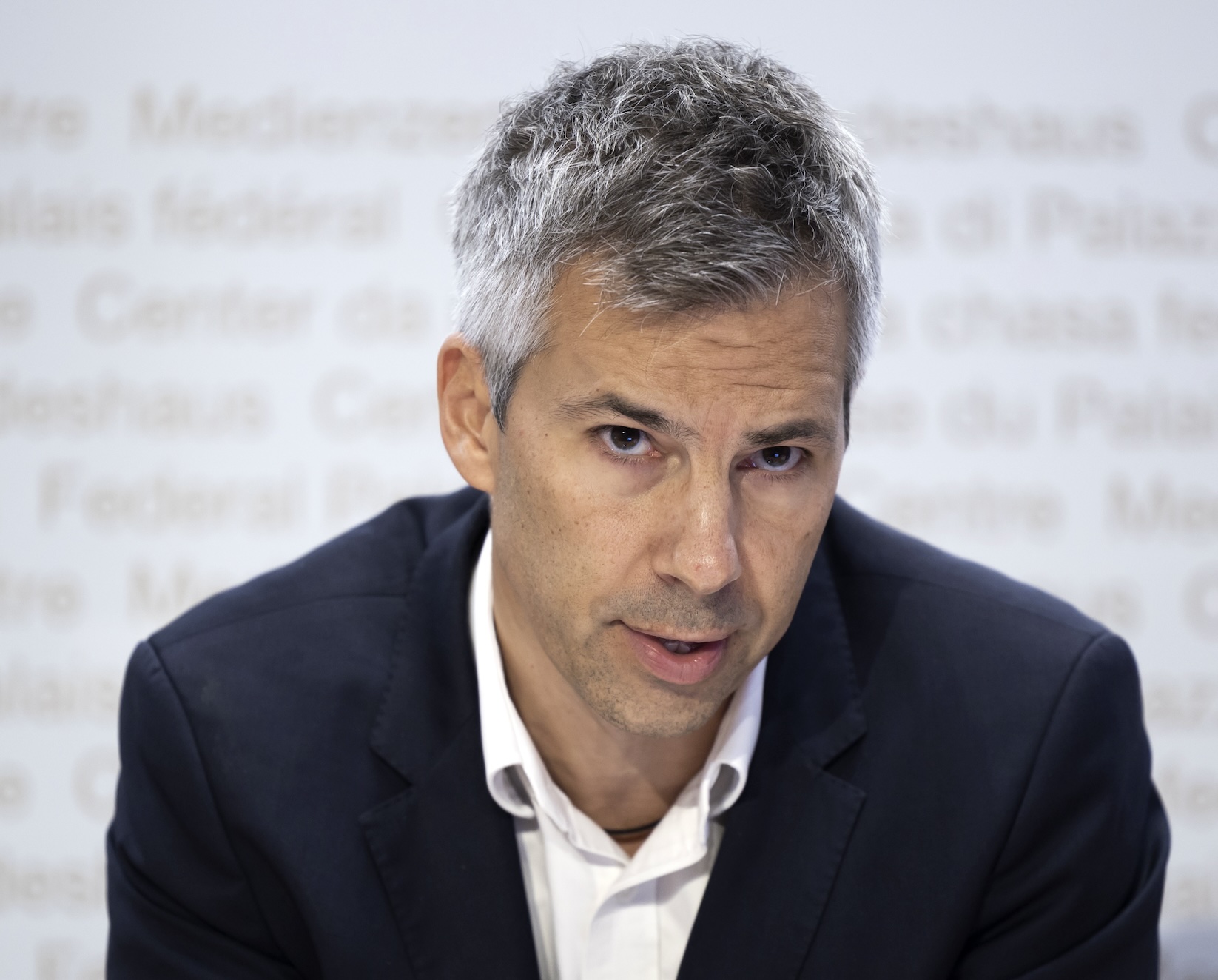On Tuesday 12th of May 2020 the first Report of The Independent SAGE was published.
The Report, (36 page pdf file) can be downloaded here.
The Press Conference can be viewed here.
(if you've been watching the daily Downing Street Briefings you will see a remarkable difference here, the contrast between the the answers given to the journalists' questions by these scientists and the government's people is extraordinary).
Follow the discussion on Twitter here.
Sir David King has convened a group of scientists of impeccable credentials and appropriate expertise. They have produced a report of unequivocal importance, damning of the Government's handling of the Covid catastrophe so far and clear in its recommendations for the future.
Extraordinarily, what should have dominated the afternoon's Briefing from Downing Street, but wasn't, was further ignored by some of the main stream media, with no mention on the BBC's main TV news at 10 pm or Newsnight.
Here's the Executive Summary:Our Independent SAGE focuses on the priorities for measures to be taken to support a gradual release
from social distancing measures through a sustainable public health response to COVID-19. This will
be essential in suppressing the virus until the delivery of an effective vaccine with universal uptake.
We do not address, except as it is directly relevant, the clear structural and procedural weaknesses
that contributed to the current situation as we expect these to be addressed in a future inquiry. We
draw extensively on the policy considerations proposed by the World Health Organization, which
provides a clear structure on which an effective policy should be based given the inevitability that the
virus will continue to cross borders.
Our main recommendations are:
1. The government should take all necessary measures to control the virus through suppression and
not simply managing its spread. Evidence must show that COVID-19 transmission is controlled
before measures are relaxed. We detect ambivalence in the government’s strategic response, with
some advisers promoting the idea of simply ‘flattening the curve’ or ensuring the NHS is not
overwhelmed. We find this attitude counter-productive and potentially dangerous. Without
suppression, we shall inevitably see a more rapid return of local epidemics resulting in more
deaths and potentially further partial or national lockdowns, with the economic costs that will
incur.
2. The government should refocus its ambition on ensuring sufficient public health and health
system capacities to ensure that we can identify, isolate, test and treat all cases, and to trace and
quarantine contacts. Quarantine should be for 14 days and not seven. The government must
develop a clear quarantine and messaging policy which takes account of the diversity of
experiences of our population, variations in household structures, and with appropriate quarantine
facilities in the community. This should be accompanied by real time high quality detailed data
about the epidemic in each local authority and ward area.
3. Government ministers, NHS bodies and their officials should adhere to the Code of Practice for
Statistics and the UK Statistics Authority should reports breaches of the code. There is concern
about the inaccurate, incomplete and selective data presented by government officials rather than
the statisticians responsible for them at the daily PM press briefings. The Office for Statistics
Regulation should publish further assessments of them. The UK Statistics Authority, an
independent body responsible for oversight of the statistics produced by the Office for National
Statistics and other government departments and public bodies has a Code of Practice. The Code
requires i) trustworthiness: confidence in the people and organisations that produce statistics and
data, ii) quality: data and methods that produce assured statistics and iii) value: statistics that
support society’s needs for information. It is vital the public has trust in the integrity and
independence of statistics and that those data are accurate, timely and meaningful.
4. The government evaluates alternatives to complement conventional epidemiological modelling,
such as dynamic causal modelling—e.g., via the expertise established by the RAMP initiative.
Dynamic causal modelling (DCM) enables real-time assimilation of data quickly and efficiently
to estimate the current levels of infection and ensuing reproduction rates (R). The computational
efficiency of DCM may allow pressing questions to be answered; for example, would a devolved
social distancing and surveillance policy—based on local prevalence estimates—be more
efficacious than a centralised approach? In short, there is a pressing need to evaluate alternative
approaches (and hypotheses) that may support real-time policy-making.
5. Recognising the centrality of human behaviour in transmission, the government should ensure
that as social distance measures are eased, measures are taken to enable population-wide habit
development for hand and surface disinfection, using and disposing of tissues for coughs and
sneezes and not touching the T-zone (eyes, nose and mouth).
6. Outbreak risks must be minimised in high vulnerability and institutional settings. No-one should
be discharged from hospital to another high-risk setting such as a care home without having been
tested and found to be non-infected. The government should rapidly invest in the elimination of
transmission in the currently recognised “high risk” settings, including but not limited to social
care and health service facilities, prisons and migrant detention facilities, homes in multiple
occupancy, and households that are overcrowded or contain multiple generations. This includes
staffing, testing, protective equipment and guidance for effective household isolation. Community
facilities and requisitioned hotels are likely to be needed to house a significant proportion
of infected people and their contacts.
7. Ensure preventive measures are established in workplaces, with physical distancing and support
to enable personal protective behaviours. Health and safety regulations appropriate for COVID
-19 suppression and adequate surveillance should be agreed with trade unions and other staff
representatives, with sanctions that are large enough to deter unsafe practices. There should also
be a facility for workers to report unsafe working conditions, with no victimisation for those using
it.
8. The procurement of goods and services in order to ensure responsive and timely supply of goods
for primary and secondary care, and community infection control, in anticipation of a second
wave of infection. Reform should learn as much as possible from the document challenges and
failures of procurement over the last three months.
9. Manage the risk of importing cases from other countries, with consequent high-risk of
transmission. This should be introduced as soon as possible, treating Great Britain and the island
of Ireland as distinct health territories. We welcome the government’s recent commitment
to establish a port control and quarantine strategy as an adjunct to other control measures.
Managing the testing, thermal assessment, collection of contact details and quarantine facilities,
such as requisitioned hotels, will be essential to stop imported cases.
10. Communities and civil society organisations should have a voice, be informed, engaged and
participatory in the exit from lockdown. This pandemic starts and ends within communities. Full
participation and engagement of those communities on issues such as childcare and public
transport will assist with enabling control measures. Conversely, a top-down approach risks losing
their support and trust. We are deeply concerned about the effects of the infection and the
lockdown on BAME, marginalised, and low-income groups. There is an urgent need for
government to demonstrate such active participation from communities from around the country.
11. The government should take steps to ensure all children, irrespective of their backgrounds, have
access to technology and internet at home, and where required additional learning support which
does not rely on parents at home. The government should also ensure that resources are available
for schools to conduct remote learning. The closure of schools due to the COVID-19 pandemic
has caused unprecedented challenges for everyone involved – students, teachers and parents, but
we are particularly concerned about the detrimental impact (and widening of educational
inequalities) of long term social distancing measures on learning for children from lower socioeconomic backgrounds. Education is a human right which should not be compromised in the
context of COVID-19.
12. The government must ensure that health and social care services are planned, strengthened, and
prepared for future waves of infection while continuing to provide the full range of services to all.
For health services, this will require planning to ensure there are capacity and resources to meet
need safely and to resume elective services including hospital, mental health and community
health services. For social care this will require having accurate data on all staff and needs of
residents; making good the serious shortages in staffing, increasing qualified staffing levels, and
ensuring all staff terms and conditions of services include full sickness benefits when they fall
ill.
13. The government should rapidly strengthen the social safety net, including addressing low income
benefits and housing, thereby ensuring protection of the most vulnerable in our population. It is
7
now clear that COVID-19 has disproportionately affected older people, low income groups living
in deprived areas, BAME communities, and those who are otherwise marginalised. We also note
the over-representation of BAME communities as low paid care workers in health and social care
settings which makes them vulnerable to COVD-19-related infection and deaths.
14. The management of often multi-organ COVID-19 disease has been based in hospital and ICU
settings. Hospitals have had to radically alter non-COVID patient flows in order to deal with these
pressures, and Nightingale facilities have also needed to be developed. There is clear evidence of
increasing non-COVID mortality in association with the pandemic. The government should work
with the Royal Colleges and professional societies to ensure that capacity and treatment guidance
is updated and disseminated as evidence emerges.
15. There should be a re-evaluation of current plans to reduce overall hospital beds in the NHS per
head of population and consider ICU bed and staffing requirements to provide future surge
capacity. We also recommend a rapid engagement with primary care and community health
settings to support those recovering from COVID-19 disease, and sequelae, including mental
health problems, as well as support to rapidly identify and manage future local outbreaks.
16. The government should urgently review and improve co-ordination in the response to the
pandemic across the multiple bodies tasked with pandemic planning, both within England,
including different government departments, the NHS, PHE, and local authorities, and others, and
among the Westminster and devolved administrations, the government should review and
improve co-ordination.
17. In order to underpin our recommendations, the future long-term management of the pandemic
should be based on an integrated and sustainable public health infrastructure. The government has
adopted a top-down approach with vertical structures for test and trace programmes. The overdependence on outsourcing of key operational functions limits the sustainability of this approach.
A more appropriate infection control response will require adaptation for local needs. Leadership
from local public health and primary care professionals is essential. We do not specify which
organisations should be responsible for these roles and functions as this will vary in the four
nations of the United Kingdom but, in each of them, there should be a clear system map setting
out responsibilities, accountability, and lines of communication.
18. In the longer term we recommend that legislation to enable an integrated National Health and
Social Care System for England is considered, along the lines of the NHS in Scotland and Wales
and the integrated NHS and social care system of Northern Ireland.
19. The Independent SAGE will continue to meet to consider some of these specific
recommendations and to offer constructive solutions to government to ensure that the coronavirus
is suppressed, that lives are saved and that the economy is able to recover as rapidly as possible.
The Independent SAGE came up with their own 3-phrase slogan, but unlike the Government's version, and very importantly, saving lives comes first. As it should.
Save lives,
suppress the coronavirus
and get the economy moving
again.











/https%3A%2F%2Fspecials-images.forbesimg.com%2Fimageserve%2F5a0320684bbe6f37dda1fa26%2F0x0.jpg%3Fbackground%3D000000%26cropX1%3D0%26cropX2%3D1836%26cropY1%3D241%26cropY2%3D2078)

